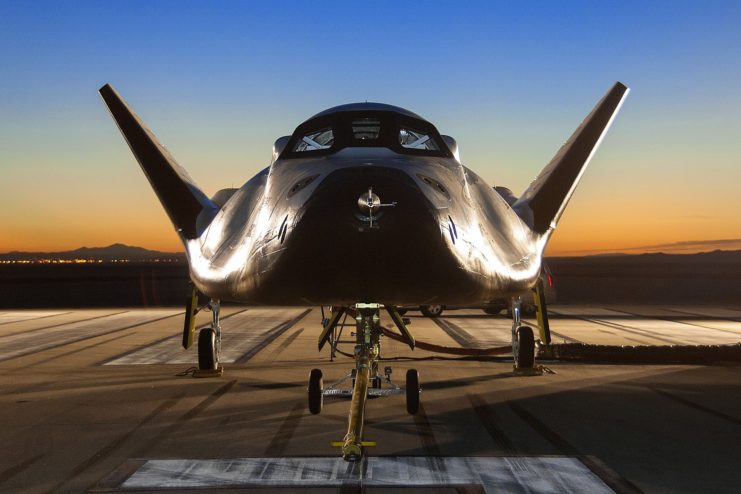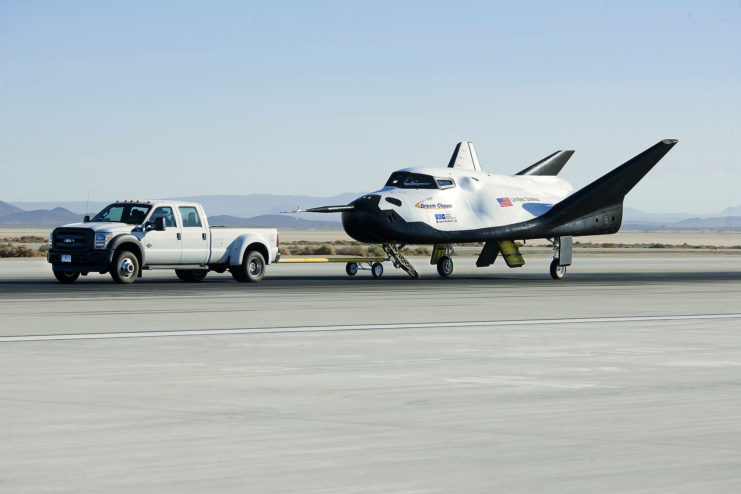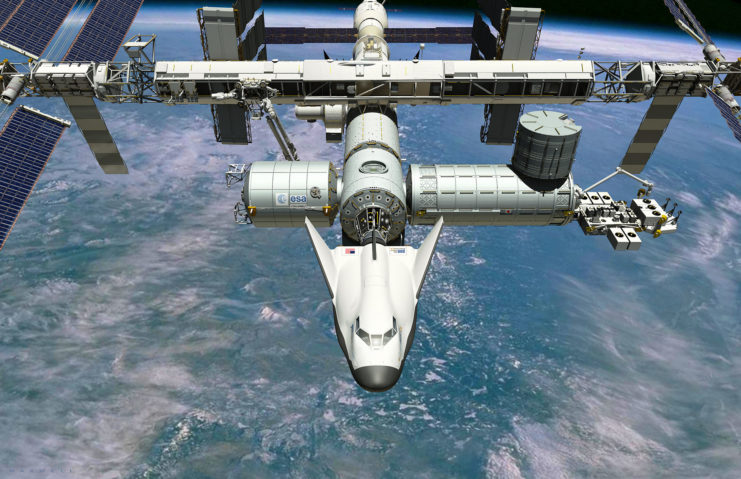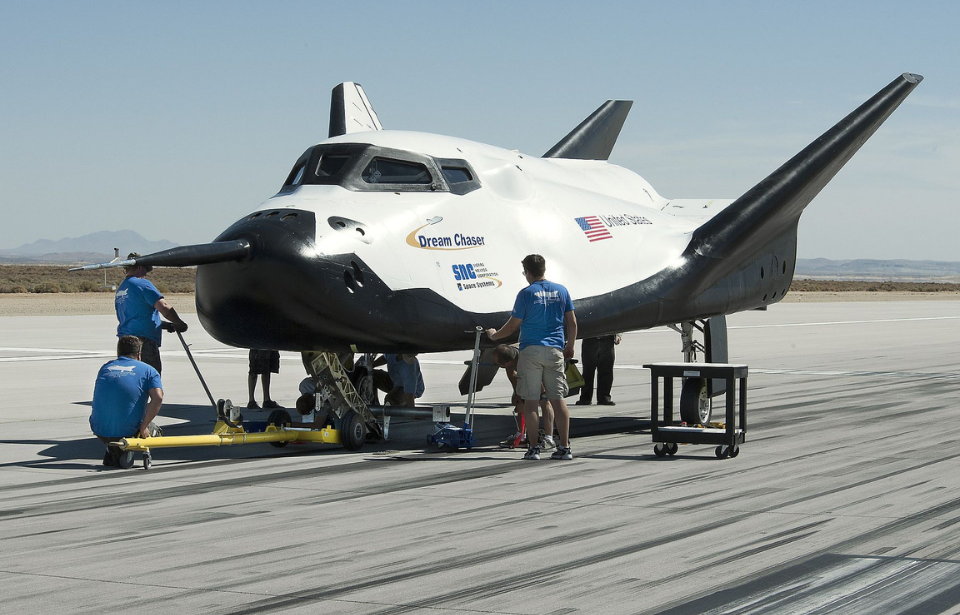The US military may soon be in possession of a new spacecraft capable of transporting troops to space and low Earth orbit within just three hours, following the signing of a research and development contract between the US Transportation Command (USTRANSCOM) and Sierra Space, the company behind the Dream Chaser spaceplane.

The deal, which was announced on September 8, 2022, allows for Sierra Space and USTRANSCOM to develop and investigate industry capabilities for immediately employment. Using the Dream Chaser spaceplane, the aim is to move troops and supplies anywhere in the world in just a fraction of the time it would take traditional transportation.
Speaking about the contract, Sierra Space CEO Tom Vice said, “Today’s agreement with the United States Transportation Command gives Sierra Space the unique opportunity to provide hypersonic point-to-point solutions to our government customers.
Sierra Space has been developing the Dream Chaser for a number of years, basing its design on NASA‘s HL-20 Personnel Launch System spaceplane concept. After being acquired by Orbitec LLC in 2014, the company announced it would be veering away from its hybrid rocket engine design to a cluster of Orbitec’s Vortex engines, which use nitrous oxide and propane as propellants. The first drop test for the spaceplane occurred in 2017, with the official launch anticipated to happen in 2023.

Through use with the military, the aim is to support both combat missions and non-combat activities, including medical missions and humanitarian relief. Since the Dream Chaser’s development, both the US Air Force and USTRANSCOM have shown interest in the spacecraft, to supplement typical air, surface and land transportation methods.

